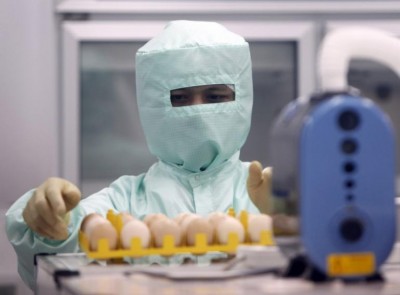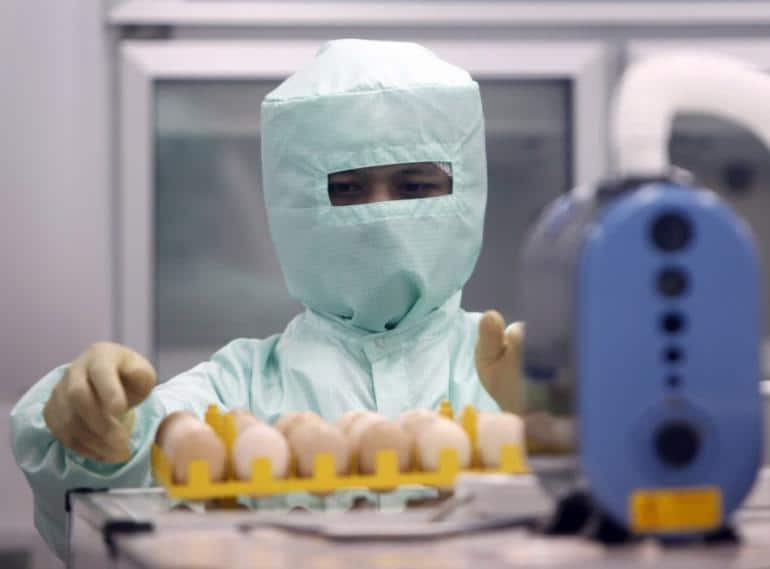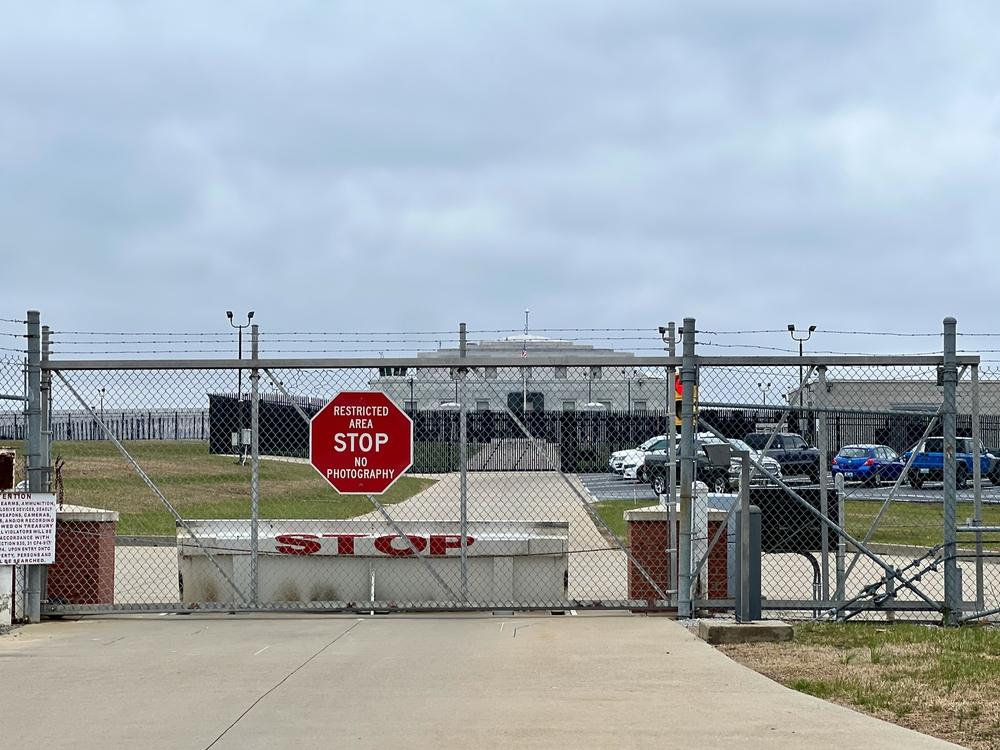
One of the biggest risks of bioterrorism in the United States could come from laboratories operated by the government.
USA Today reported that a deadly bacteria has escaped from a supposedly secure lab in Louisiana, and despite precautions four macaque monkeys kept outside in cages and one person tested positive for it. The monkeys were never part of the experiment, which involved rodents inside the lab. Two of the monkeys were euthanized.
The bacteria is known as Burkholderia pseudomallei, and officials at the Tulane National Primate Research Center had been developing a vaccine for it. The bacteria is found mostly in Asia and Australia.
“The fact that they can’t identify how this release occurred is very concerning,” Rutgers University biosafety expert Richard Ebright told the newspaper.
Officials do not know how or when the monkeys got infected or the extent of the contamination, despite several weeks of investigation by a number of state and federal agencies.
High Fatality Rate
Burkholderia pseudomallei is an antibiotic-resistant bacteria that can live in the soil and the water. The CDC says it is “spread to humans and animals through direct contact with the contaminated source.”
New “Survival Herb Bank” Gives You Access to God’s Amazing Medicine Chest
The breach is concerning not only because officials don’t know how it happened, but also because they don’t know how far it may have spread.
“We’re taking this extraordinarily seriously. It’s very disturbing to us,” said Andrew Lackner, director of the Tulane primate center. “Right from the beginning we’ve spent an enormous amount of time trying to figure out how this could have happened.”
Statistics indicate that between 20 and 50 percent of the people who catch the bacteria in Australia and Thailand die. One reason why authorities are concerned about the contagion is that some people can get infected but show no symptoms — which can further spread the pestilence.
At least one USDA investigator who was working at the center did get infected with the bacteria, USA Today reported. The unidentified woman has since recovered from the infection, and USDA speculated that the investigator may have been exposed to the bacteria while traveling overseas.
Gross Negligence?
Ebright believes the investigator likely was exposed at a lab in the U.S., and he added that investigators who travel in other countries should regularly have blood drawn.
“They shouldn’t even need to be speculating that this is probably a prior exposure,” Ebright said. “If they don’t have reference samples, it’s a sign of gross negligence.”
Research at the lab was suspended while federal and state authorities conducted an investigation. Researchers wear protective gear similar to space suits while in the laboratory, and everyone and everything that goes in and out of such a facility is to be sterilized.
The contamination at Tulane is only the latest incident involving a potentially deadly pathogen at a federal laboratory. In July 2014, live samples of smallpox were found at a National Institutes of Health Campus in Bethesda, Maryland. Smallpox was one of the deadliest diseases in human history.
In 2011, DNA testing revealed that anthrax which killed five people in September 2001 probably came from Fort Detrick, a US Army research facility in Maryland, Live Science reported. Fort Detrick was the center of US germ warfare research during the Cold War. The anthrax was placed in letters that were mailed to a number of public officials and media outlets in the wake of the September 11 attacks.
Are you concerned about the safety of America’s labs? Share your thoughts in the section below:











